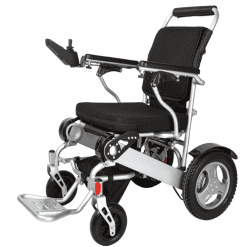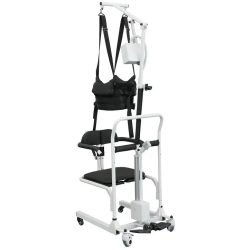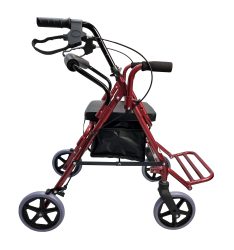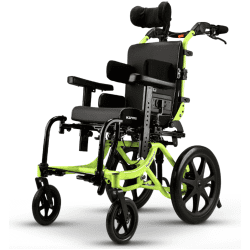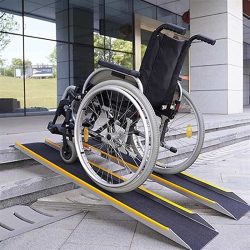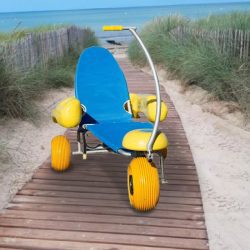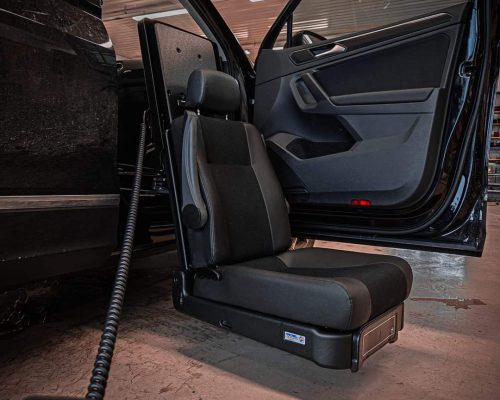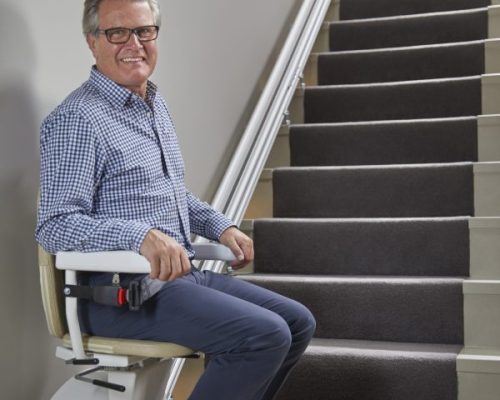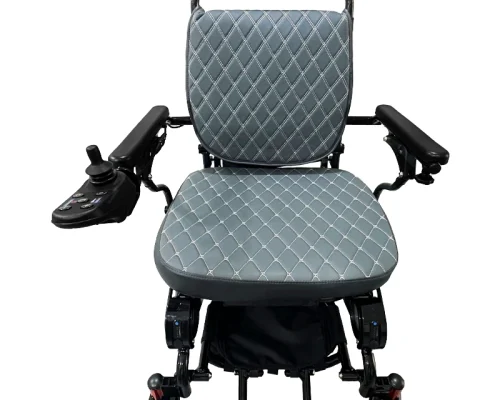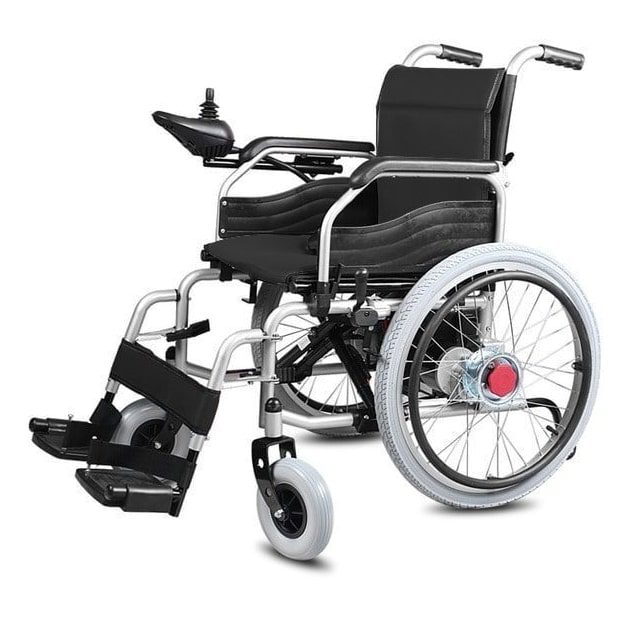Table of Contents
ToggleWhen was the first wheelchair invented? Who invented the wheelchair? You must be thinking of these questions like me whenever you see someone sitting in a wheelchair.
I researched the internet and other resources to know who invented the wheelchair for the first time. I come up with results that the history of the wheelchair dates back to ancient times. So, in this article, I will explain further detail. Continue reading.
Who Invented Wheelchair
The invention of wheelchairs is a big milestone in history. It is a useful piece of mobility that allows disabled individuals to participate in social activities.
The name of the wheelchair inventor is not clear, and we can’t tell you exactly who invented it. Its origin dates back to the 5th or 6th BCE. But today’s most advanced and tech-savvy wheelchair has a very rich history, and it develops after a gradual process. It went through significant changes over time.
When Was The First Wheelchair Invented
The wheelchair of the present era is so much more sophisticated and tech-savvy comparing the one that was first invented.
The first recorded use of a wheelchair was in China around 525 CE when the disabled were transported in wheelbarrows. However, the first wheelchair-like device was invented in Europe during the Renaissance period.
History of Wheelchair
We will explore wheelchairs from the 5th CE to the current time and its future.
5th Century BCE: In the 5th century, a wheelbarrow chair was seen in China to transport disabled people and heavy objects. A drawing from ancient Greece depicts an individual sitting on a wheeled cart.
16th Century: In 1595, a wheelchair for King Philip II was designed by an unknown inventor in Spain. This wheelchair featured armrests and leg rests and was more comparable to the current design. However, it had shortcomings in propulsion as servants pushed it, and it was not a self-propelling device.
17th Century: In 1655, the first self-propelling wheelchair was designed by a 22-years old paraplegic watchmaker named Stephan Farffler. The wheelchair features three wheels and uses cranks and cogwheels for self-propelling. However, its resemblance was more like today’s hand bikes because of the cranks on the front wheels.
18th Century: In the 18th century, the Farffler design was improved, and develop a wheelchair that is called an “Invalid Carriage” or “Bath Chair.” The bath chair was named after the Bath, a European city, because it was designed in this city.
19th Century: Throughout the 19th century, various designs of wheelchairs were developed, including foldable models that were easier to transport. In 1869, a patent for a collapsible wheelchair was filed by an American inventor named W.C. Brigham. His design allowed the wheelchair to fold into a compact size, making it easier to transport and store.
20th Century: The first folding wheelchair was invented in 1932 by Harry C. Jennings, who designed it for his friend and fellow engineer Herbert Everest. Everest was paralyzed from the waist down. This design revolutionized the mobility industry and remained the basis for most modern wheelchair designs.
Future of the Wheelchair
In the decades that followed, several improvements were made to the wheelchair design, including the introduction of electric wheelchairs and power-assisted models.
Today wheelchair is easy to handle and maneuver compared to the first one. Now it helps people to control it through the Joystick or digital controller. But there is a bright future for its further enhancement. In the near future, we can predict the use of artificial intelligence as it is the most leveraging technology of the future.
Final Thoughts
So, it is not clear who exactly invented the wheelchair. However, the first one that somehow looked like a wheelchair was first seen in the 5th BCE. Its history shows how it looks for the first time and then goes through a gradual process to get into the current shape and design.
Today, it is a vital mobility aid that has improved the lives of millions of people worldwide, from its beginnings as a hand-cranked chair to the advanced electric and power wheelchair.

